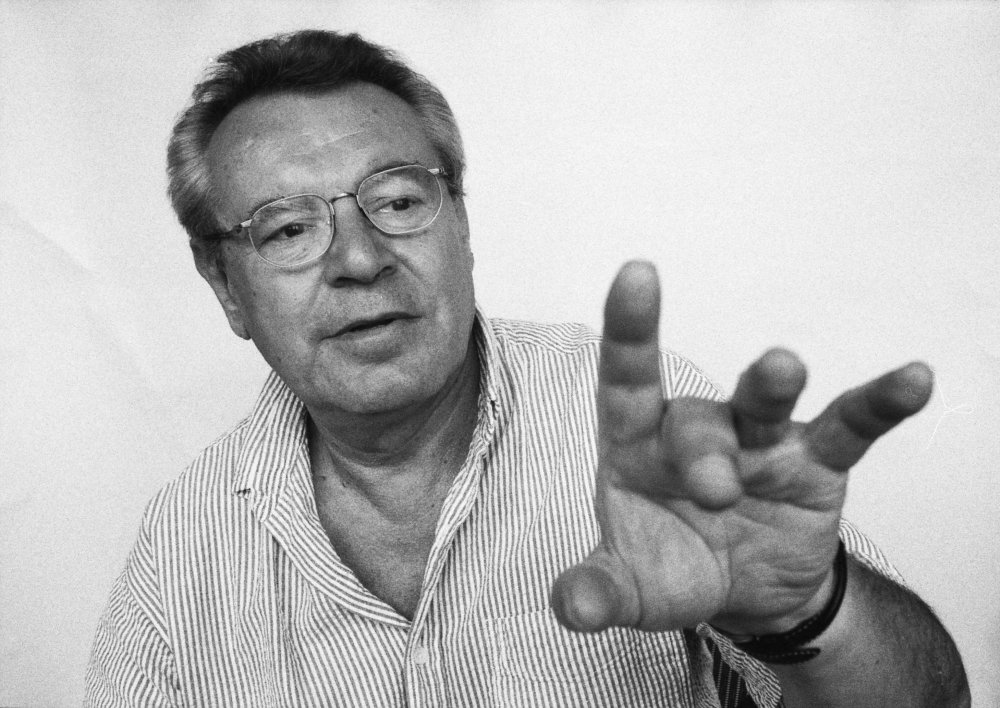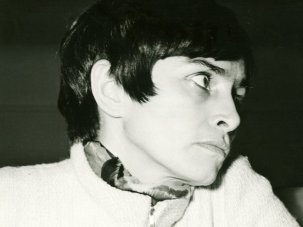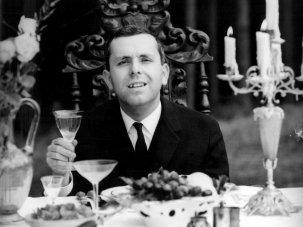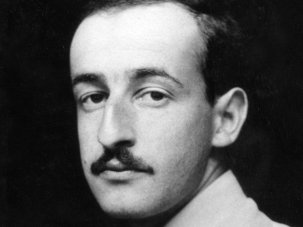Hollywood’s founders may have hailed from central and eastern Europe, but their descendants often struggled to make the same journey. In managing this with remarkably little compromise, Miloš Forman and Roman Polanski are practically unique – but Forman notched up twice as many Best Foreign Film Oscar nominations and Best Director wins. Even from his native Czechoslovakia, Forman’s impact was substantial: his freewheeling, semi-improvised approach anticipated the work of Robert Altman and Ken Loach by several years, as did his lifelong interest in human foibles.
Born Jan Tomáš Forman in Čáslav on 18 February 1932, he grew up under Nazi occupation, which left him orphaned (he later tracked down his biological father, an Auschwitz survivor). Involved with amateur theatre at school (where he met future co-screenwriter Ivan Passer), he developed this interest after moving to Prague, where he staged an elaborate musical extravaganza, The Ballad in Rags. Brimming with confidence, he applied to the Czechoslovak Academy of Dramatic Arts, but failed the audition (asked to dramatise “the struggle for world peace”, inspiration deserted him), and joined the Prague Film Academy’s screenwriting programme mainly because that year’s deadline hadn’t yet elapsed. His tutors there included Milan Kundera, who passed on a passion for French literature.
After graduation, Forman was hired as a screenwriter by veteran director Martin Frič. He then worked as assistant to director Alfréd Radok, who let him direct his first film scene, on the vintage-car comedy Old Man Motorcar (Dědeček automobil, 1956), and who subsequently hired him to work for the Laterna Magika multimedia theatre (1958). Deciding to become a director himself, Forman bought a camera and asked a Barrandov Studios assistant named Miroslav Ondříček to teach him how to use it. Ondříček would later shoot all bar two of Forman’s films up to Valmont (1991).
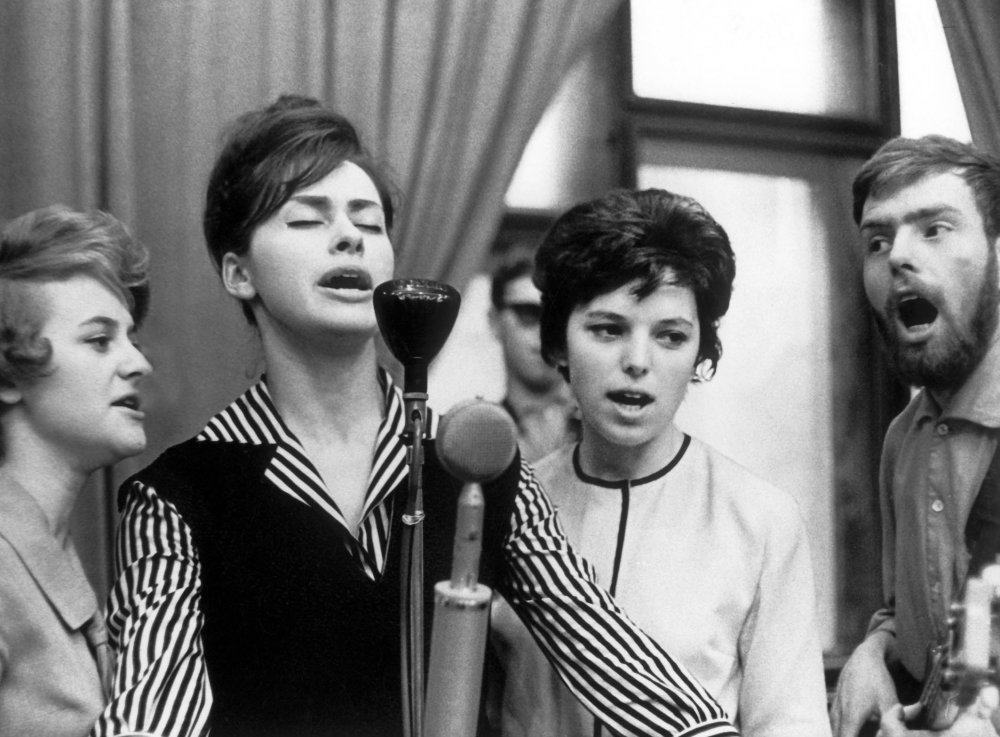
Audition (Konkurs, 1963)
Witnessing an open audition for the cabaret at Prague’s Semafor Theatre, Forman realised that this featured an endlessly fascinating cross-section of humanity. Made for virtually nothing, his documentary Audition (Konkurs, 1963) counterbalanced unavoidable technical crudeness with an effervescent charm refreshingly new to Czechoslovak cinema. When its 48-minute running time posed a distribution challenge, Forman made a companion-piece, If There Were No Music (Kdyby ty muziky nebyly, 1963), about competing brass bands. Real-life conductor Jan Vostrčil proved such a screen natural that he would appear in all Forman’s subsequent Czech films.
Forman’s experience with Radok’s hyper-stylised projects convinced him to take the opposite route, seeking to capture exactly how people talked and behaved. His screenplays, written with Passer and Jaroslav Papoušek, were tightly constructed, but their dialogue was much looser, with performers encouraged to add their own vernacular. The films were mostly cast with amateurs (sometimes in leading roles), with professionals hired to, as Forman put it, “pull them through the dramatic arch of the scene and draw out the emotional contours of the situation”.
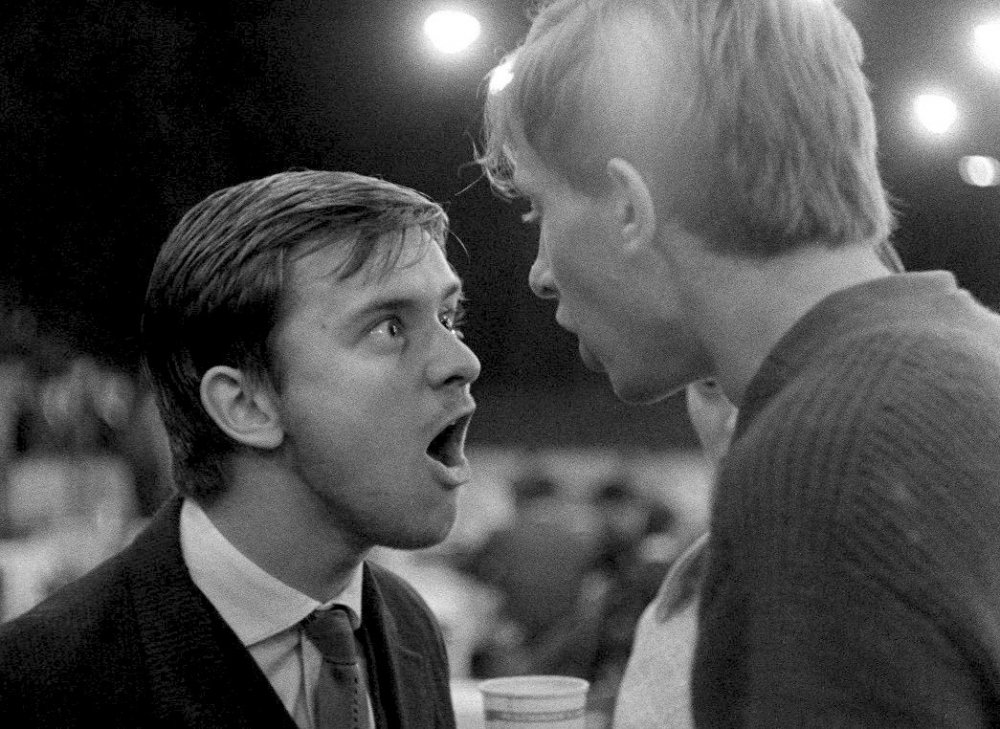
Black Peter (Černý Petr, 1963)
Forman’s first proper feature, Black Peter (Černý Petr, 1963), about a young man coming to terms with encroaching adulthood, won the top prize at the Locarno Film Festival, securing it New York Film Festival exposure. Its success greenlit A Blonde in Love (Lásky jedné plavovlásky, 1965), a bittersweet tragicomedy about a teenage girl’s romantic desires in an environment where women massively outnumber men. Czechoslovak cinema was becoming an international phenomenon, and Forman was perfectly placed to ride that wave. Both A Blonde in Love and its successor The Firemen’s Ball (Hoří, má panenko, 1967) were Oscar-nominated, and while neither won, it meant that Forman started to get American offers.
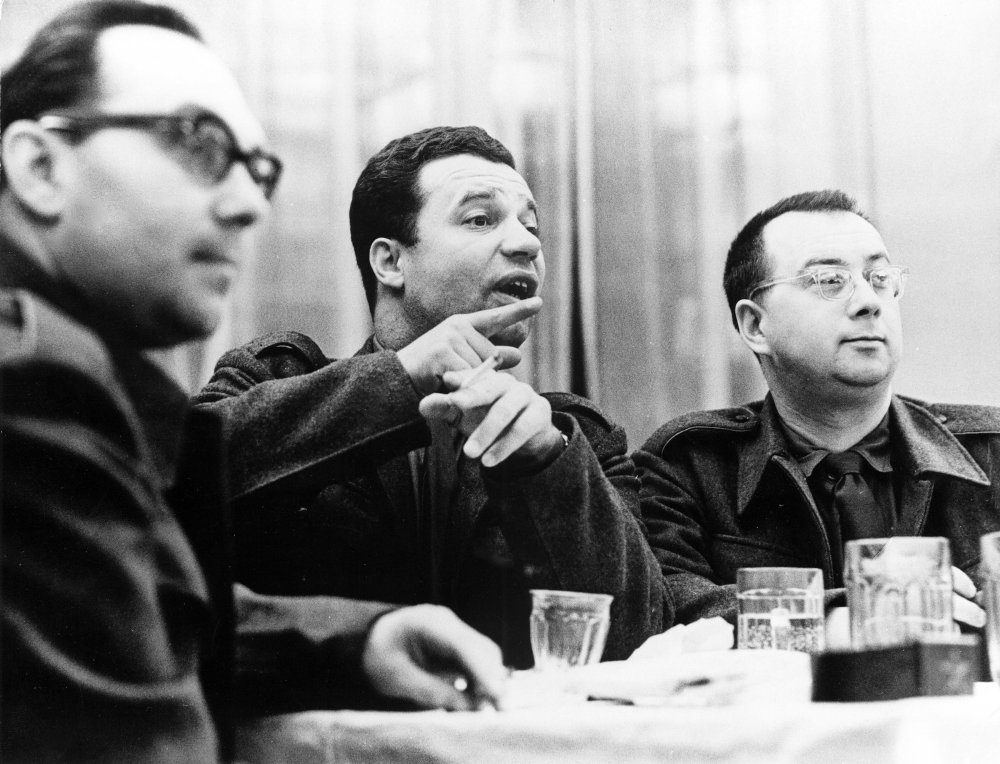
A Blonde in Love (Lásky jedné plavovlásky, 1965)
By then, he needed them. Although the fervently anti-Communist Forman had maintained uneasy accommodation with the Czechoslovak authorities, things then turned sour. For all Forman’s protestations that The Firemen’s Ball recreated an actual event that he and his writers had stumbled upon, the film was widely interpreted as an allegory of Czechoslovak life, represented by hapless firemen running around like headless chickens while everything collapsed around them. Although wildly popular with audiences, it was banned after the Soviet invasion of August 1968, and then formally “banned forever”, a distinction granted to only three other films.
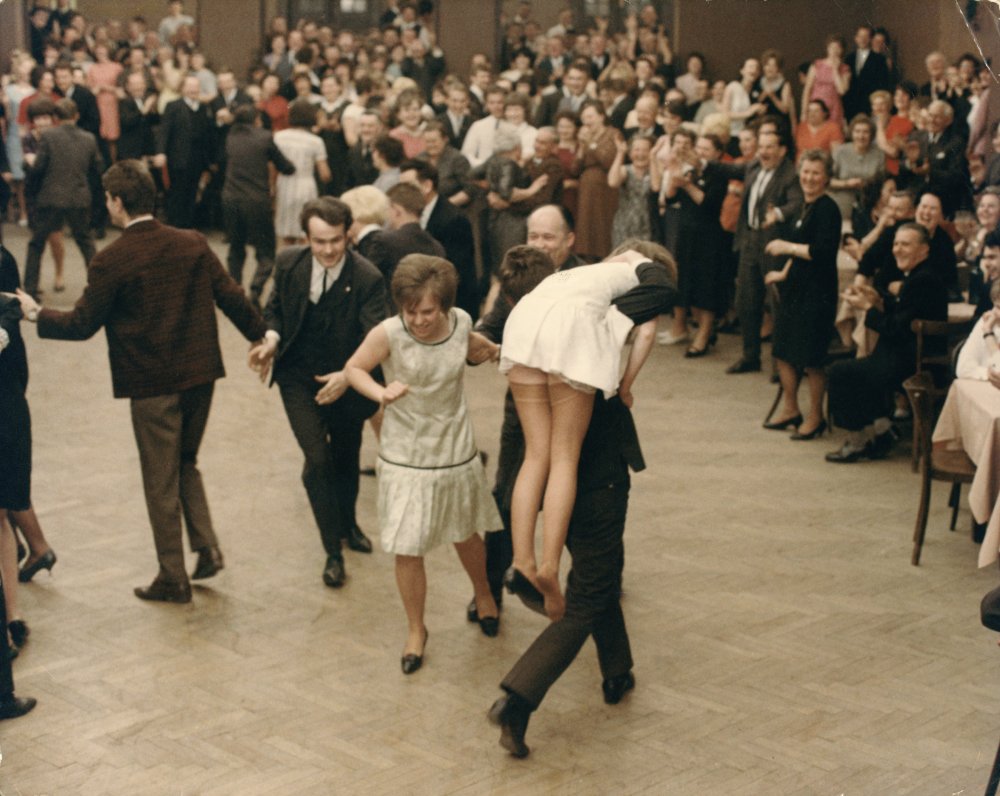
The Fireman’s Ball (Hoří, má panenko, 1967)
When the tanks reached Prague, Forman was in Paris, writing his first American project with screenwriter Jean-Claude Carrière. Deciding not to return home, he made Taking Off (1971) through Universal, then imbued with post-Easy Rider optimism about low-budget features. Aside from the language and recognisable faces and locations (Buck Henry, New York City), it could be one of Forman’s Czech films. The intercutting between the main dramatic meat and an open audition recalled his debut, while the parents-and-teenagers culture clash wittily inverted equivalents in Black Peter and A Blonde in Love thanks to the parents being the irresponsible ones.
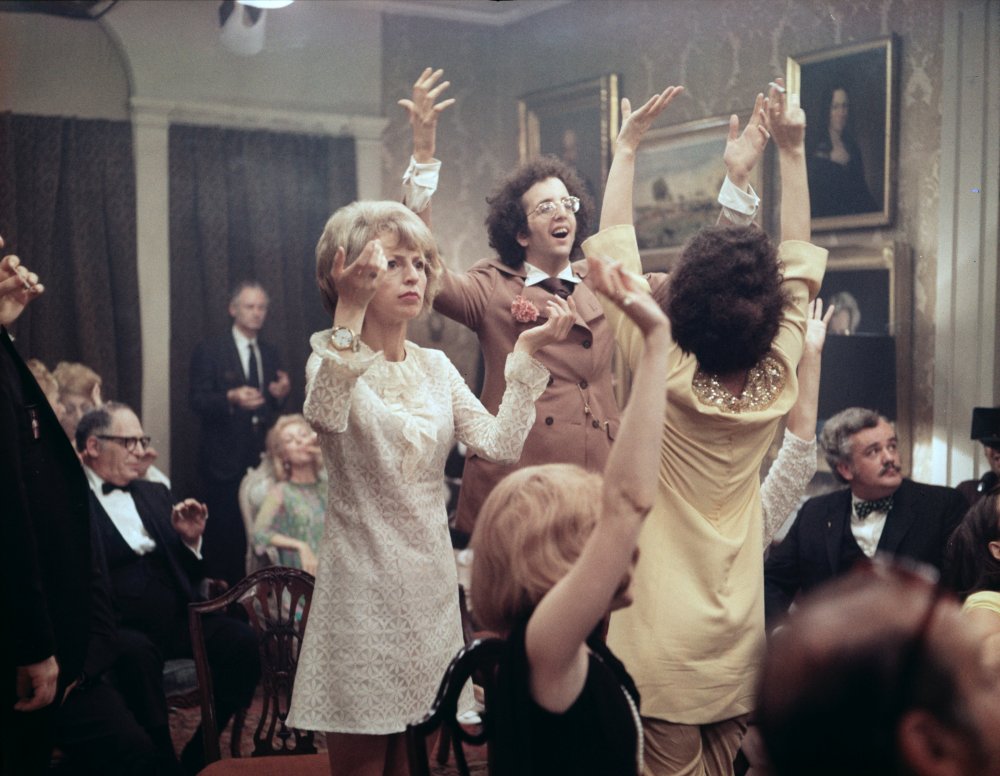
Taking Off (1971)
But while domestic Czech and international arthouse audiences had been willing to accept comparative plotlessness in exchange for richly human pickings elsewhere, this played much less well in mainstream American cinemas. So Forman returned to the theatre, and made a short film for the Olympic anthology Visions of Eight (1973) while waiting for another feature-film break.
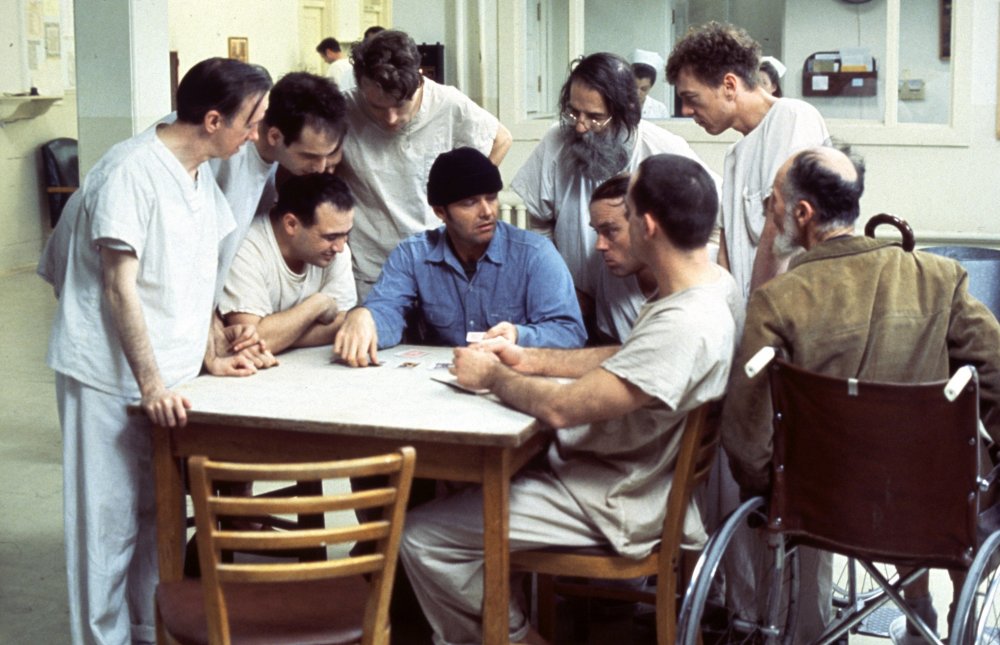
One Flew over the Cuckoo’s Nest (1975)
This came courtesy of One Flew Over the Cuckoo’s Nest (1975) by neophyte producers Saul Zaentz and Michael Douglas, whose father Kirk had optioned Ken Kesey’s 1962 novel a decade earlier in the hope of playing the lead himself. Forman tweaked his usual methodology: he still used non-professionals (inmates at the Oregon state mental hospital worked on both sides of the camera, while Superintendent Dean Brooks essentially played himself), but proper actors handled virtually all speaking parts, albeit often against type – Forman spotted an edge to Louise Fletcher that hadn’t been apparent in her earlier work. Although he’d filmed Taking Off, Miroslav Ondříček had since been banned from working with “a traitor to socialism”, so Forman needed a different cinematographer – or rather three, as a difficult working relationship with Haskell Wexler resulted in the film being completed by Bill Butler and William A. Fraker. Casting Jack Nicholson ballooned the budget but proved well worth the investment: his instinctively rebellious Randle Patrick McMurphy remains a signature role.
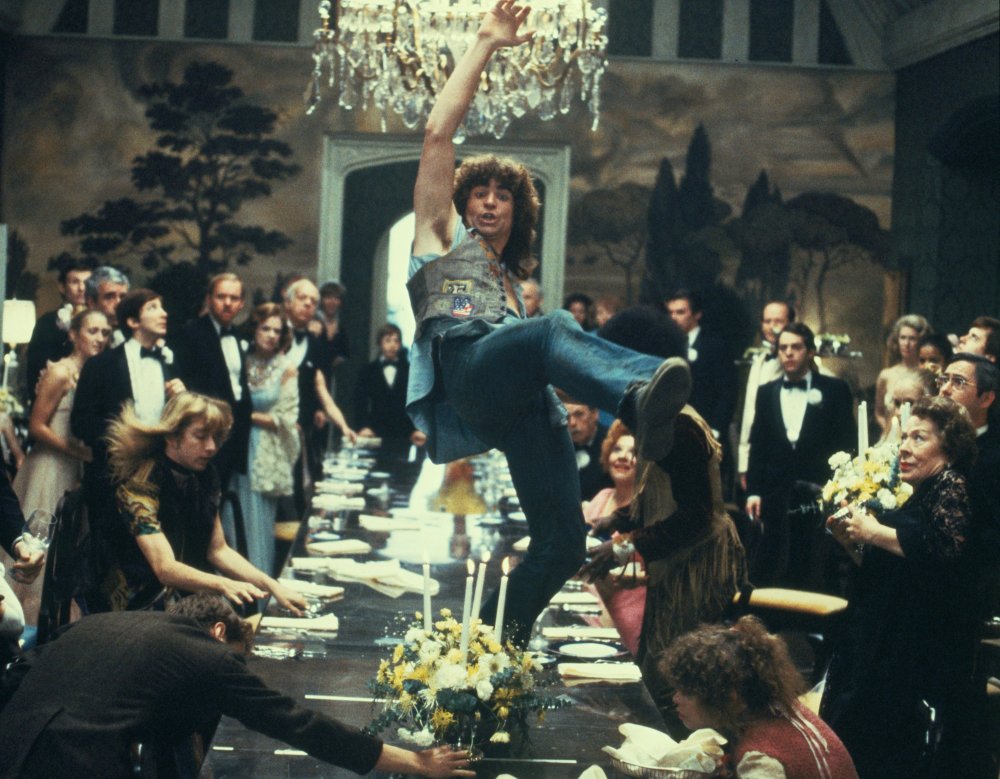
Hair (1979)
The film’s critical, box-office and awards-season triumph (it swept the five main Oscars: Best Picture, Actor, Actress, Screenplay and Director) transformed Forman’s bankability. He turned to a longstanding dream project, the musical Hair (1979), which for him crystallised the essence of American freedom. Concocting a framing story with screenwriter Michael Weller, Forman successfully fused his deceptively casual approach with carefully pre-planned choreography, and he remained very fond of the film, but admitted that it came out at least five years too late. An adaptation of E.L. Doctorow’s sprawling novel Ragtime (1982) added personal artistic disappointment to box-office failure, despite Forman getting the chance to direct James Cagney in his final role. After the first cut ran nearly three hours, producer Dino De Laurentiis removed an entire subplot, which Forman felt damaged the film irreparably.
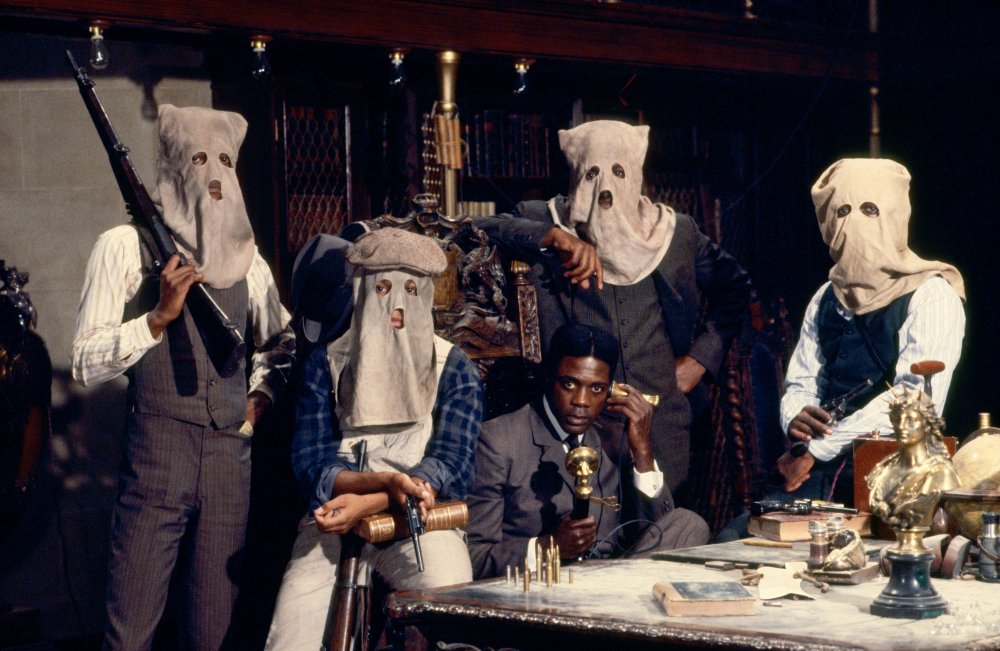
Ragtime (1982)
But he bounced back with Amadeus (1984), largely shot in Prague after persuading the Czech authorities that their personal loathing of him shouldn’t trump the prospect of much-needed hard-currency income. This adaptation of Peter Shaffer’s stage play cast comparative unknowns Tom Hulce and F. Murray Abraham as professional musical rivals Mozart and Salieri (Shaffer’s original Mozart, Simon Callow, played a supporting role), the better to focus on the film’s real essence: the sublime music pouring out of what appears to be a giggling reprobate. A huge international hit, Amadeus won eight Oscars, including Best Picture and Best Director.
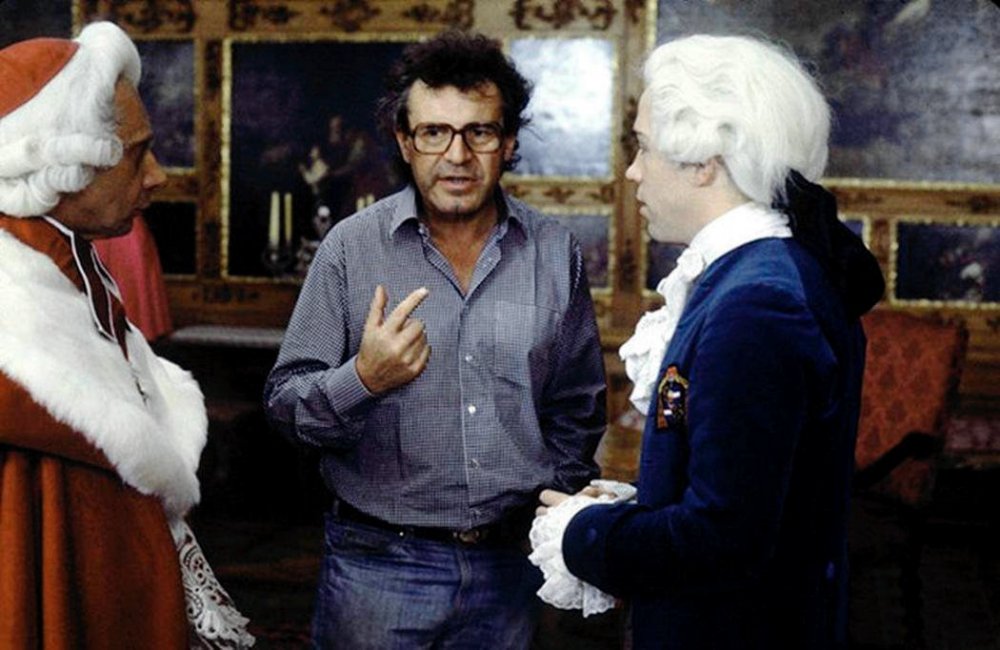
Milos Forman directing Amadeus (1984)
Sadly, Forman’s next film fell victim to the coincidence of two adaptations of Choderlos de Laclos’s 1782 novel Les liaisons dangereuses being made at the same time. Valmont initially seemed more promising, thanks to its bigger budget and more established director, but Dangerous Liaisons (1988), based on Christopher Hampton’s forensically vicious stage version, caught the public imagination to such an extent that its perceived rival stood little chance.
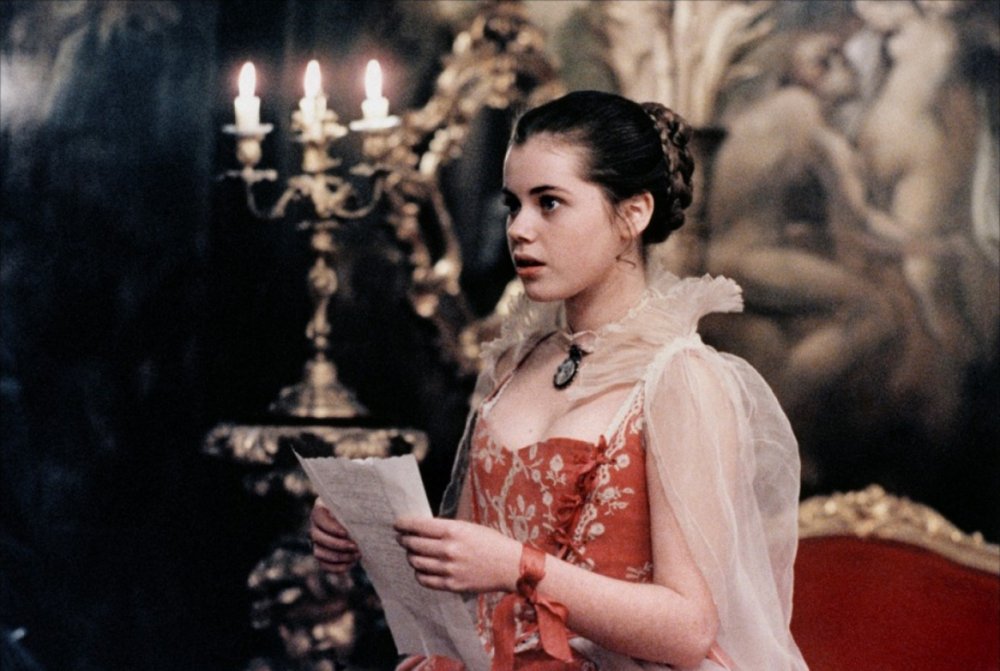
Valmont (1991)
Valmont deserves reappraisal, though: Forman and Carrière’s screenplay imagined the context of the novel’s letters rather than adapting them directly (as Hampton had done), resulting in something looser, more sensual, more Formanesque. Forman was sanguine about its commercial failure, not least because it coincided with the collapse of Communism in his homeland.
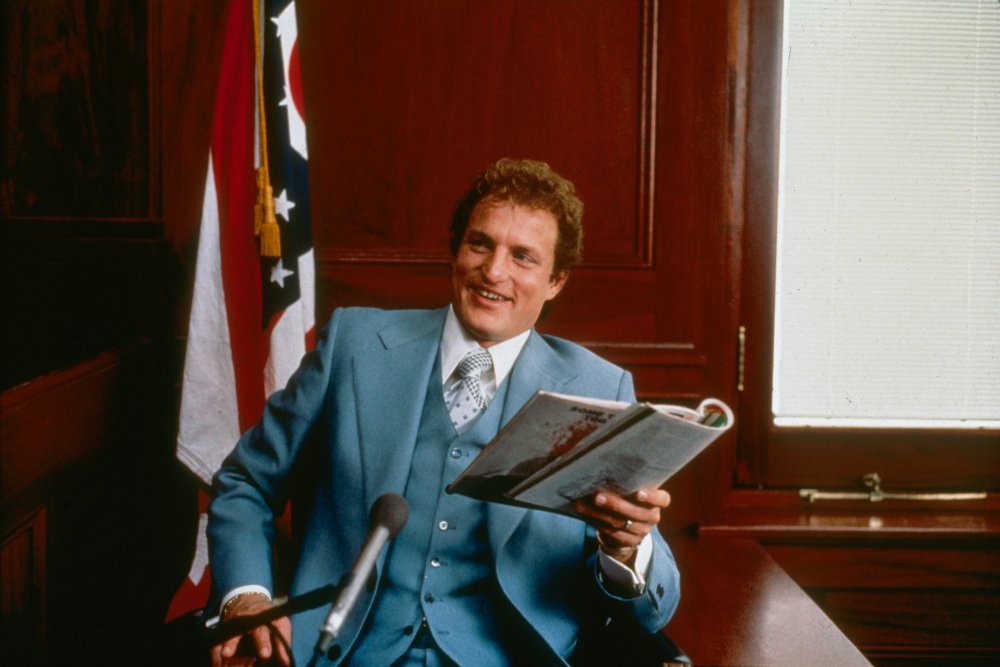
The People versus Larry Flynt (1996)
However, he chose not to return. Instead, in association with Ed Wood screenwriters Scott Alexander and Larry Karaszewski, he made a fascinating diptych of portraits of maverick Americans: pornographer Larry Flynt (Woody Harrelson) in The People vs Larry Flynt (1996), and comedian Andy Kaufman (Jim Carrey) in Man on the Moon (1999). Both were well received, but failed to recapture former commercial glories.
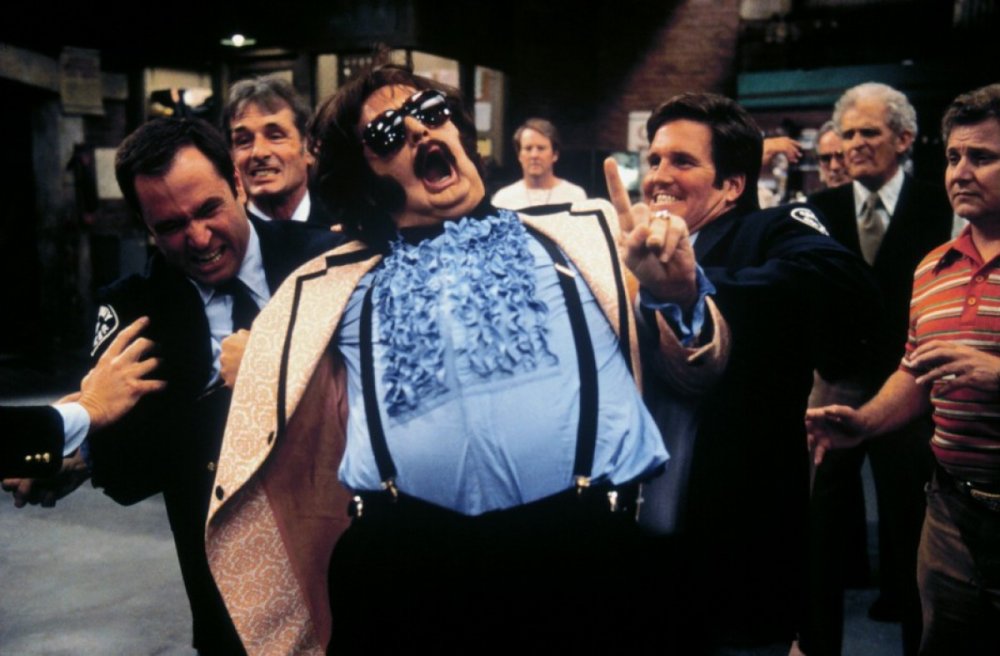
Man on the Moon (1999)
Forman’s final film, Goya’s Ghosts (2006), was sadly his most anonymous, a drama about the painter that had little of his usual spark. But his final decade saw a comprehensive revival of his long-unavailable early work (the final holdout, Black Peter, will shortly be released by Second Run), and increasing awareness of his sheer singularity. Although Forman made many important American films, he never forgot his European roots – but the miracle is that, despite him working so long within the studio sausage machine, we never did either.
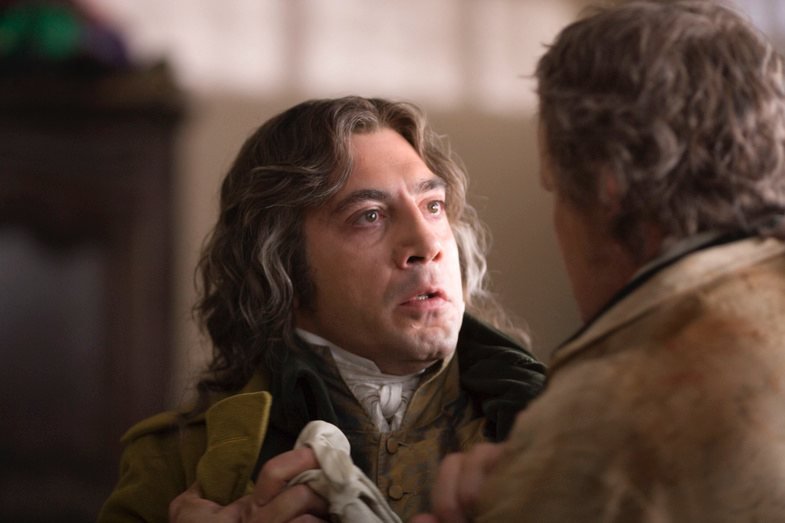
Goya's Ghosts (2006)
-
The Digital Edition and Archive quick link
Log in here to your digital edition and archive subscription, take a look at the packages on offer and buy a subscription.




